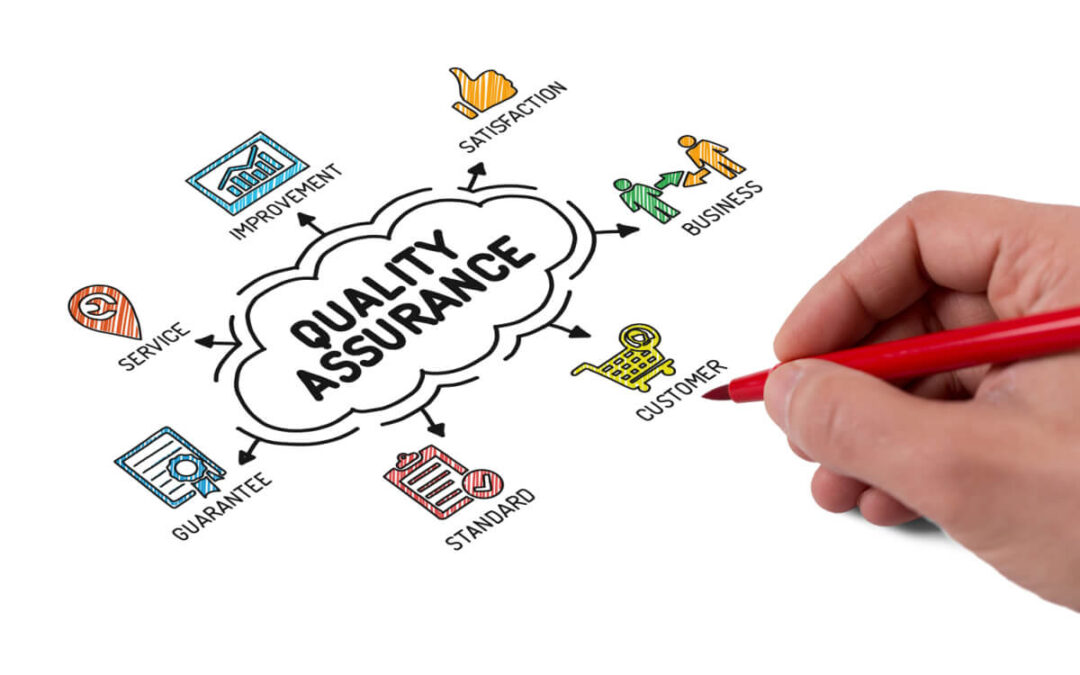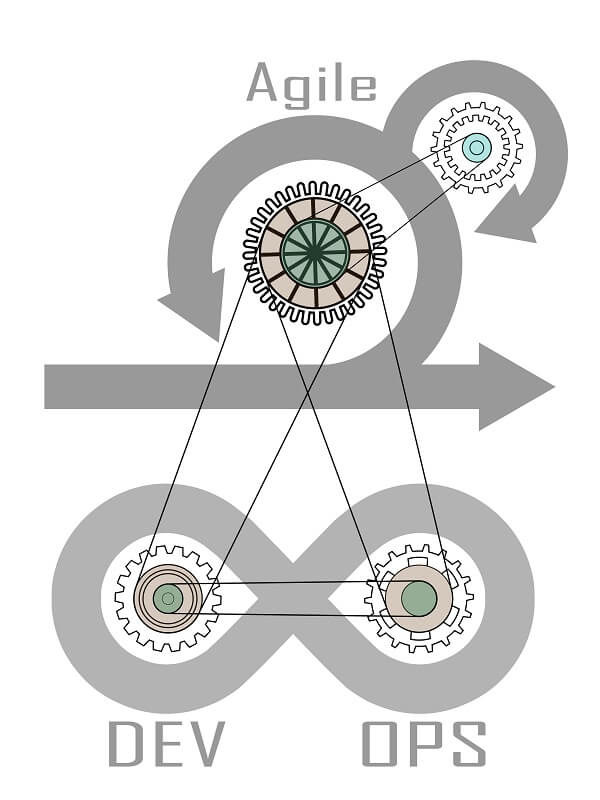
Who are the Custodians of Software Quality?
by admin | Jul 24, 2019 | Software Testing, Blog | 0 comments
Quality control mechanisms are essential for the design, testing, and creation of successful software packages – these control mechanisms may include various sets of procedures. They would serve to guarantee that a software product will meet quality goals and offer the best value to clients and customers. Software quality includes specified functional requirements and non-functional requirements; the latter includes supportability, performance, and usability. The modern software development industry mandates the implementation of Engineering Best Practices (EBPs) as the custodians of software quality.
Quality of Code
For the developers of computer code and the providers of software testing services, the quality of code remains the focus to ensure software quality. High-quality code is usually the outcome of systematic code reviews undertaken by developers and software testers. Such reviews should ideally involve two or more developers and testers, with the intent of identifying glitches in software and inconsistencies in developing code. The subsequent remediation would be necessary before the induction of code into the code repository.
Best Practices
Any leading software testing company must strive to implement best practices in the pursuit of software quality. Adherence to technical standards, the use of the latest testing equipment and software, developing an acute understanding of business rules, verifying testing checklists, and more represent best practices. Additionally, such organizations must encourage testers to analyse code immediately after these are authored. These best practices ensure software quality in the age of agile development and testing.

Quality Control Activities
Developers and software testers must check whether the assumptions and criteria for selection of data are documented. Additionally, they must also check for errors in transcription in activities related to data input and reference. Further, engineers must check the integrity of database files, check for consistency in data, scan database files for any scope of uncertainty, and monitor the movement of inventory data among the various steps of processing.
Static Code Analysis
This form of analysis is performed without practically executing a computer program. It is essentially a method of debugging a body of computer code by examining the source code before program execution. The providers of software testing services perform static code analysis to develop an understanding of code structure and ensure that the code adheres to industry standards. In terms of software quality, such analysis is useful for unearthing details of code vulnerability, testing for maintainability and reliability of computer code and checking for code duplication.
Continuous Integration / Continuous Deployment
Software code must undergo continuous integration and testing to unearth problems with the code. This enables providers of software testing services to identify and rectify software bugs early in the life cycle of software development. Additionally, within the framework of Continuous Integration / Continuous Deployment, the code should be deployed minus manual intervention to completely remove all forms of manual error.

Code Churn and Coverage
Software tools embedded within testing environments grant testers access to critical information for code coverage. This is important since it enables developers and testers to keep pace with the growth and functional expansion of a software application or package. This technique also empowers the providers of software testing services to guarantee that all code churn stands tested for any bugs or inconsistencies.
Monitoring and Alerting
Software quality relies heavily on monitoring development logs. Technical advances in the field of software testing have brought APMs such as New Relic and App Dynamics to the fore. These allow the creation of custom-developed monitoring and alerting systems. APMs enables developers to set up monitoring alerts for production logs while promoting data mining activities in the production environment. The outcomes include a marked ability to find exceptions and deploy corrective patches before customers flag an error in software performance.
In Conclusion
The Engineering Best Practices (EBPs) help to promote software quality in the fast-paced business environment of today. Sustained implementation of these best practices allows a high degree of maturity in guaranteeing software quality for the benefit of paying customers. Connect with our experts to be sure of the best in this realm and more.

































